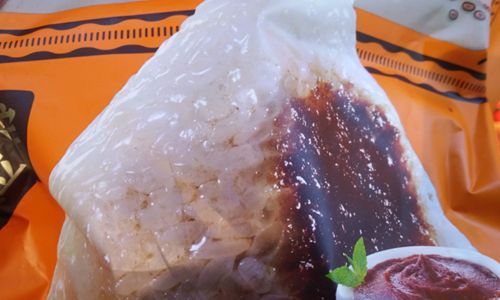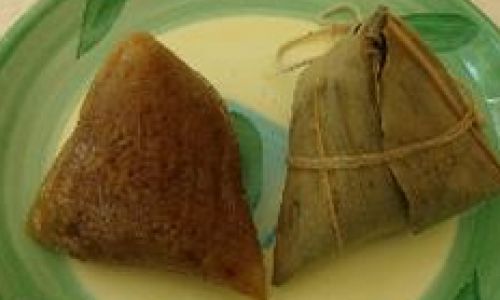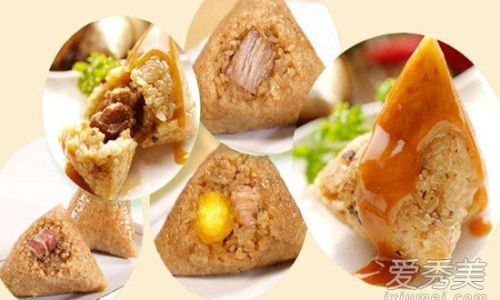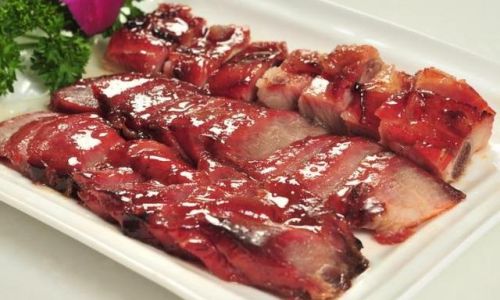Zongzi, a traditional Chinese rice dumpling wrapped in bamboo or reed leaves, has become a beloved treat worldwide, particularly during the Dragon Boat Festival. For those without the time or expertise to make them from scratch, vacuum-packed zongzi from supermarkets offer a convenient solution. However, a common dilemma arises: Should these pre-packaged dumplings be steamed or boiled? This article delves into the nuances of both cooking methods, exploring texture, flavor, and practicality to help you achieve the perfect zongzi every time.
Understanding Vacuum-Packed Zongzi
Before diving into cooking techniques, it’s essential to grasp what vacuum-packed zongzi entails. These dumplings are typically pre-cooked, then sealed in airtight packaging to extend their shelf life. The vacuum process preserves moisture and flavor but also means the zongzi are already partially or fully cooked. This pre-cooking step simplifies preparation—unlike fresh zongzi, which require hours of simmering, store-bought versions need only reheating. However, the method you choose (steaming or boiling) will influence the final texture and taste.

The Case for Steaming
Steaming is a gentle cooking method that uses hot vapor to heat food evenly. For vacuum-packed zongzi, steaming offers several advantages:
- Texture Preservation: Steaming maintains the zongzi’s shape and prevents the leaves from becoming waterlogged. The result is a dumpling with a firm, slightly chewy exterior and a moist, aromatic interior.
- Flavor Retention: Since steaming doesn’t involve submerging the zongzi in water, it minimizes flavor loss. The leaves’ natural oils and aromas remain intact, enhancing the dumpling’s herbal or floral notes.
- Even Heating: Steaming ensures consistent heat distribution, reducing the risk of uneven cooking. This is particularly beneficial for zongzi with dense fillings, such as meat or mung bean paste.
How to Steam Vacuum-Packed Zongzi:
- Step 1: Fill a pot or wok with 2–3 inches of water and bring it to a rolling boil.
- Step 2: Place a steamer basket or rack above the water, ensuring it doesn’t touch the liquid.
- Step 3: Remove the zongzi from its packaging and arrange them in the steamer, leaving space between each for airflow.
- Step 4: Cover the pot and steam on medium heat for 15–20 minutes. Larger zongzi may require 25 minutes.
- Step 5: Test for doneness by gently pressing a zongzi—it should feel soft but intact.
Pro Tip: For added flavor, line the steamer with fresh bamboo leaves or a clean kitchen towel to infuse the zongzi with subtle aromas.
The Case for Boiling
Boiling involves submerging the zongzi in water, a method favored for its speed and simplicity. While it may alter the texture slightly, boiling has its merits:
- Speed: Boiling heats zongzi faster than steaming, making it ideal for time-sensitive meals.
- Softness: The dumplings absorb moisture during boiling, resulting in a softer, more tender texture. This can be preferable for those who enjoy a melt-in-the-mouth consistency.
- Convenience: Boiling requires minimal equipment—just a pot and water—making it accessible for novice cooks.
How to Boil Vacuum-Packed Zongzi:

- Step 1: Fill a large pot with enough water to cover the zongzi completely. Add a pinch of salt to prevent the leaves from splitting.
- Step 2: Bring the water to a boil over high heat.
- Step 3: Gently add the zongzi (still in their packaging or removed, depending on brand instructions).
- Step 4: Reduce the heat to a simmer and cook for 12–15 minutes. Larger zongzi may need 20 minutes.
- Step 5: Drain the water and let the zongzi rest for 5 minutes before serving.
Pro Tip: For extra flavor, simmer the zongzi in a broth infused with star anise, cinnamon, or dried citrus peel.
Factors Influencing Your Choice
The decision to steam or boil ultimately depends on several variables:
-
Zongzi Type:
- Savory Zongzi (e.g., pork, salted egg yolk): Steaming preserves the meat’s juiciness and prevents the filling from becoming watery.
- Sweet Zongzi (e.g., red bean, jujube): Boiling can enhance the softness of the filling, creating a luxurious texture.
-
Leaf Quality:
If the bamboo leaves appear brittle or damaged, steaming is safer to prevent leaf breakage during boiling.

-
Time Constraints:
Boiling shaves off 5–10 minutes compared to steaming, making it the go-to for hurried meals.
-
Equipment Availability:
Steaming requires a steamer basket or rack, while boiling needs only a pot.
Common Mistakes to Avoid
- Overcooking: Both methods can lead to mushy zongzi if cooked too long. Stick to recommended times and test frequently.
- Undercooking: Partially cooked zongzi will have a stiff center. Ensure the water is at a gentle simmer (not a rolling boil) for even heating.
- Ignoring Packaging Instructions: Some brands specify steaming or boiling. Always check the label first.
Reheating Leftovers
Leftover zongzi can be refrigerated for up to 3 days. To reheat:

- Steaming: Steam for 5–7 minutes.
- Boiling: Simmer for 3–5 minutes.
- Microwaving: Wrap in a damp paper towel and microwave on medium for 1–2 minutes (though steaming or boiling yields better texture).
The Science Behind Zongzi Cooking
Zongzi’s sticky rice filling undergoes gelatinization during cooking, a process where starches absorb water and swell. Steaming achieves this at a slower pace, preserving the rice’s structure, while boiling accelerates gelatinization, creating a softer grain. The method you choose thus dictates the balance between chewiness and tenderness.
Cultural Context: Tradition vs. Convenience
Historically, zongzi were steamed in large bamboo steamers over open fires, a practice dating back centuries. Boiling emerged as a modern adaptation, catering to urban lifestyles and kitchen constraints. Today, both methods coexist, reflecting a blend of tradition and practicality.
Expert Tips for Perfect Zongzi
- Thaw First: If frozen, let the zongzi thaw in the refrigerator overnight before cooking.
- Add Weight: When boiling, place a heatproof plate on top of the zongzi to keep them submerged.
- Enhance Flavor: Serve with soy sauce, sesame oil, or a sprinkle of toasted sesame seeds.
Conclusion
The debate between steaming and boiling vacuum-packed zongzi boils down to personal preference. Steaming offers texture and flavor preservation, while boiling prioritizes speed and softness. By considering factors like zongzi type, time, and equipment, you can tailor your approach to suit any occasion. Whether you prefer the rustic charm of a steamed dumpling or the comforting tenderness of a boiled one, the key lies in understanding the science and artistry behind this ancient culinary tradition.
In a world where convenience often trumps custom, vacuum-packed zongzi bridge the gap between heritage and modernity. So next time you unwrap that plastic-sealed treasure, remember: the choice between steam and simmer is yours to savor.





0 comments